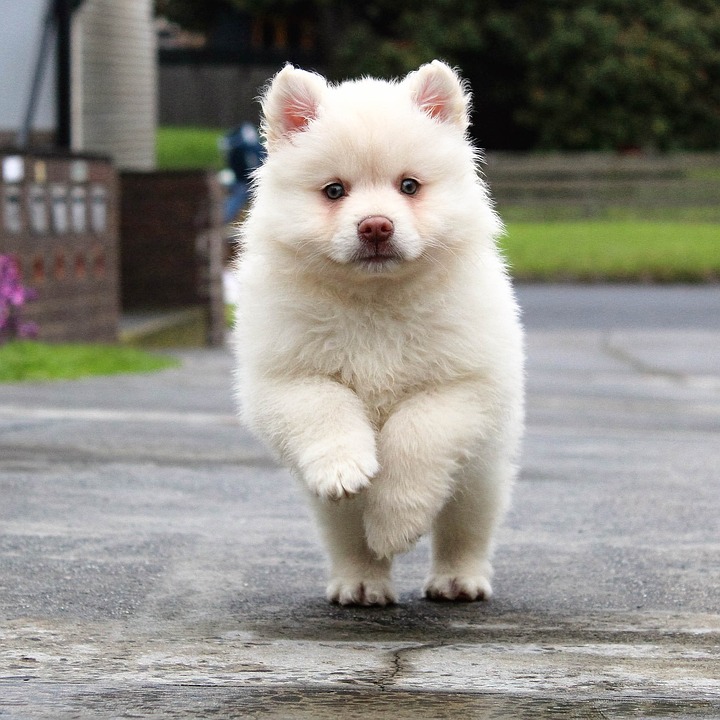**Preventing and Managing Common Anal Gland Issues in Dogs**
*Understanding the Importance of Anal Glands*
Anal glands, also known as anal sacs, are small scent glands located on either side of a dog’s anus. They play a vital role in communication among canines. When a dog defecates, the pressure exerted on the anal glands helps release a unique scent that carries important information about the dog’s identity, health, and reproductive status.
However, these anal glands can sometimes cause issues for our furry friends. If not properly managed, anal gland problems can lead to discomfort, pain, and even infection. In this article, we will discuss effective ways to prevent and manage common anal gland issues in dogs, ensuring their overall well-being.
**Prevention is Key**
Preventing anal gland problems is always preferable to treating them. Here are some preventive measures you can take to keep your dog’s anal glands healthy:
1. **Dietary Considerations**: Feeding your dog a balanced diet that includes an appropriate amount of fiber can help regulate their bowel movements. Adequate fiber intake promotes firm stool consistency, which in turn aids in natural anal gland expression during defecation.
2. **Regular Exercise**: Encouraging your dog to engage in regular physical activity helps maintain overall digestive health. Exercise helps stimulate bowel movements, ensuring the anal glands are regularly emptied.
3. **Proper Hygiene**: Maintaining good hygiene practices is crucial in preventing anal gland problems. Regularly clean your dog’s rear end with a mild, pet-safe cleanser, especially after bowel movements. This helps remove any residue that may clog the gland’s ducts.
**Recognizing and Managing Anal Gland Issues**
Despite taking preventive measures, anal gland disorders can still occur in dogs. It is essential to be aware of the signs and symptoms to promptly address any issues. Common indicators of anal gland problems include:
1. **Excessive Licking or Scooting**: If your dog frequently licks their rear end or drags their bottom along the ground, it may indicate anal gland discomfort.
2. **Foul Odor**: A strong, unpleasant odor emitting from your dog’s rear end could be a sign of infected or impacted anal glands.
3. **Swelling or Redness**: Observe your dog’s anal area for any signs of swelling, redness, or discharge.
If you notice any of these symptoms, it is crucial to consult your veterinarian for a proper diagnosis and treatment plan. They may recommend the following management techniques:
1. **Manual Expression**: In cases of mild anal gland problems, your veterinarian may teach you how to manually express the glands. However, it is important to note that this should only be done under professional guidance to prevent injury or infection.
2. **Dietary Modifications**: Your veterinarian might suggest dietary changes, such as switching to a specialized high-fiber diet or adding fiber supplements to your dog’s meals. This can help regulate bowel movements and promote natural expression of the anal glands.
3. **Medication and Antibiotics**: In more severe cases, your veterinarian may prescribe medications or antibiotics to alleviate inflammation, infection, or pain associated with anal gland issues.
**FAQs – Frequently Asked Questions**
1. *Can I express my dog’s anal glands at home?*
It is generally recommended to have a veterinary professional perform anal gland expression. They have the knowledge and experience to do it safely and effectively. However, if your veterinarian has shown you how to do it, you can cautiously attempt it at home.
2. *How often should my dog’s anal glands be expressed?*
Most dogs naturally express their anal glands during regular bowel movements. However, if your dog experiences recurring anal gland problems, your veterinarian may suggest expressing them manually every 4-8 weeks or as needed.
3. *Are there any breeds more prone to anal gland issues?*
While anal gland problems can affect any breed, small dogs and those with certain anatomical features, such as Bulldogs, Cocker Spaniels, and Poodles, may be more susceptible. Regular monitoring and preventive measures are especially important for these breeds.
Remember, maintaining the health of your dog’s anal glands is essential for their overall well-being. By implementing preventive measures, recognizing early signs, and consulting with your veterinarian, you can effectively prevent and manage common anal gland issues, ensuring a comfortable and happy life for your furry companion.









